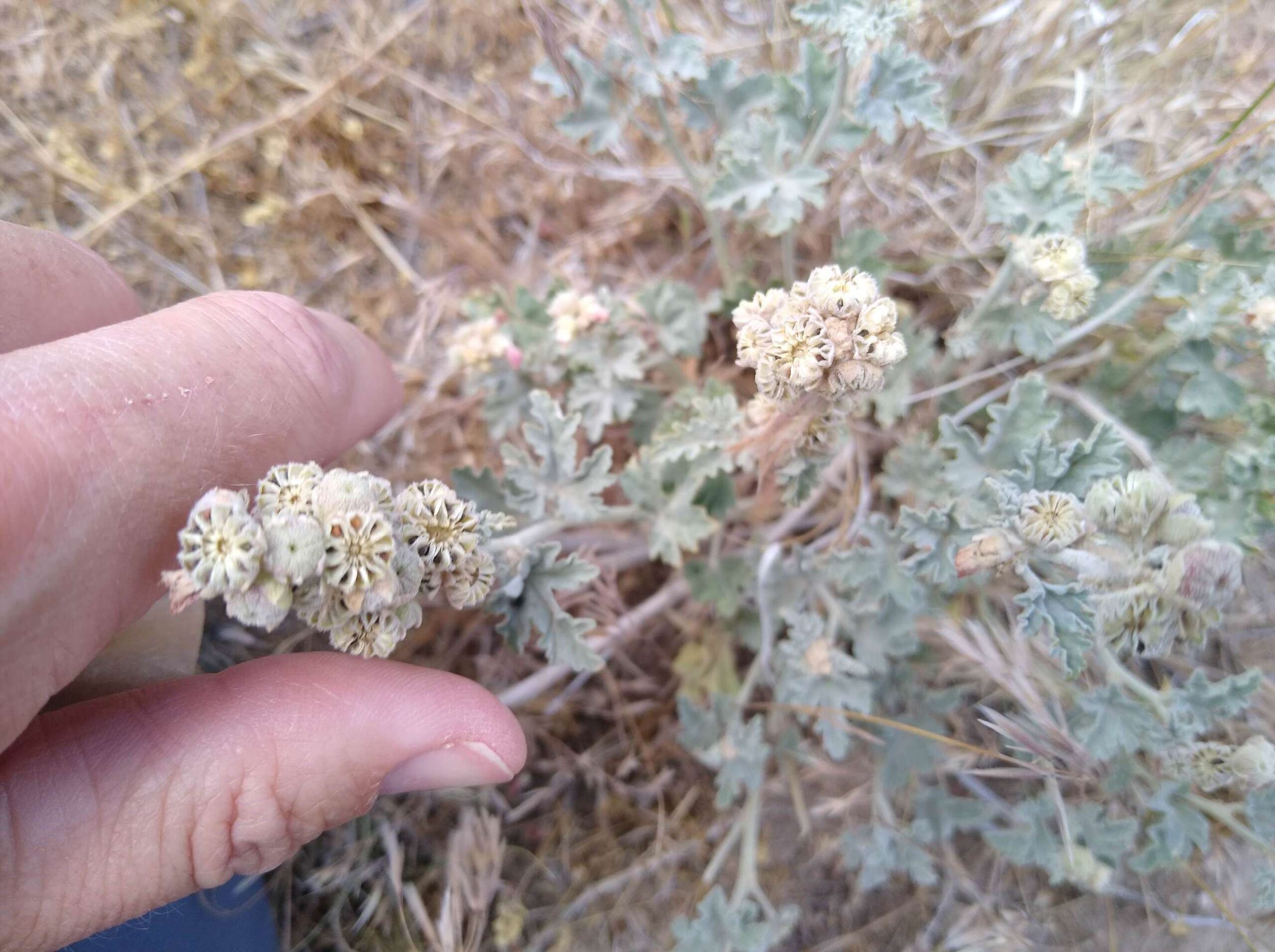Time is going by fast here in Boise! I feel so lucky to be working in this job learning new things every day, traveling around the Great Basin, and seeing cool plants.
In the last couple months, my co-intern Alaina and I have spent our time scouting for plant populations and collecting seed. We have mainly focused on Sphaeralcea (Globe Mallow) species, but we also spent some time scouting for Lomatium dissectum (LODI) early in the season. Scouting requires us to look closely at a landscape and pay attention to little details like aspect, changes in vegetation, and soil composition. For example, the first time we saw LODI, it was growing on steep rocky slopes next to the Deschutes River. We noticed that the plants were abundant on some slopes and absent on others. We drove along the river, recording when populations of LODI started and stopped. It became clear that the plants were showing a preference for west and north facing slopes. Just from observation, it is easy to see that vegetation patterns change from one side of a hill to another. Even though this pattern is present all throughout nature, I hadn’t really paid it a lot of attention it before this spring. In scouting, I started to see a whole new dimension to the landscapes around me.
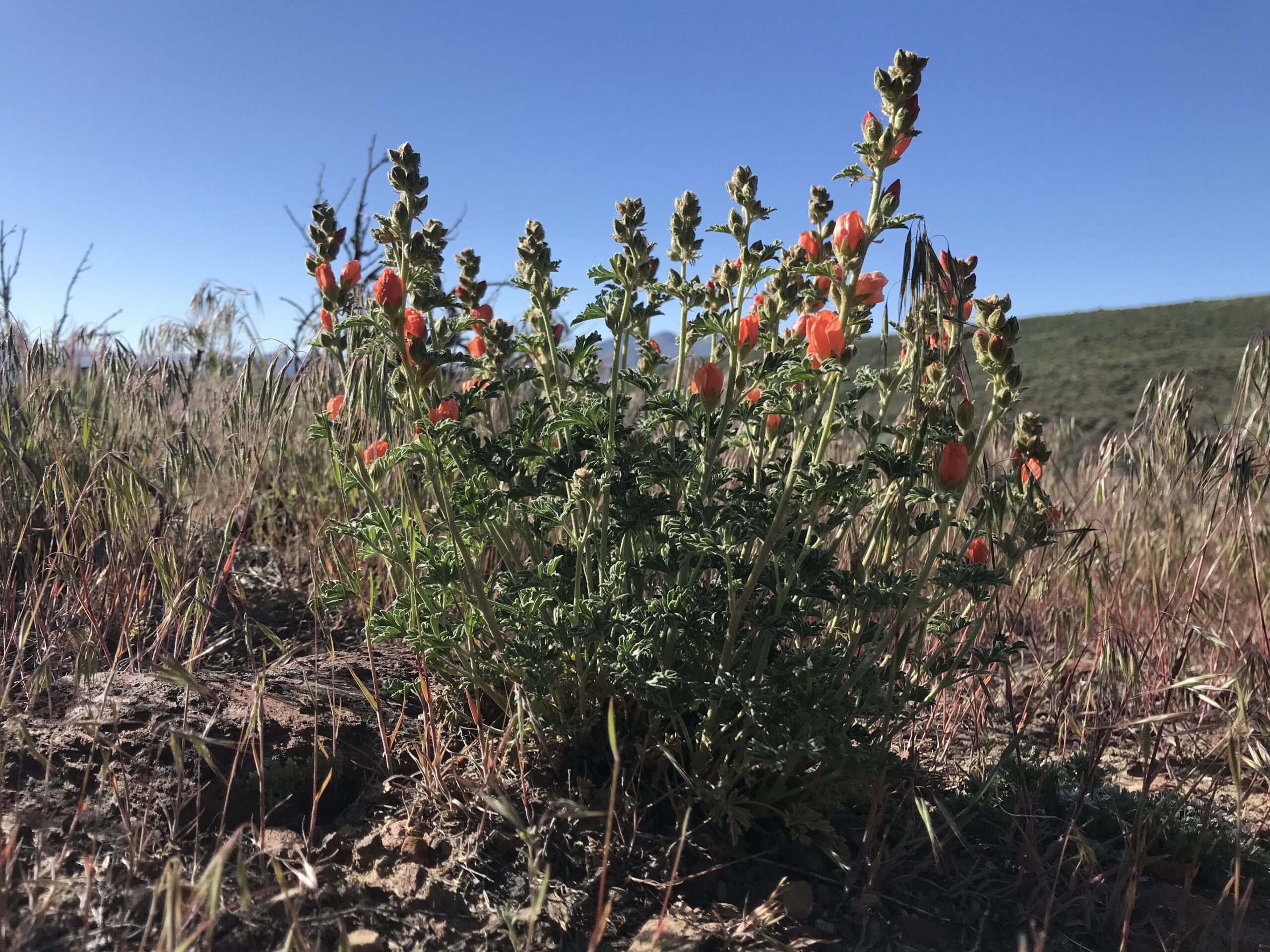
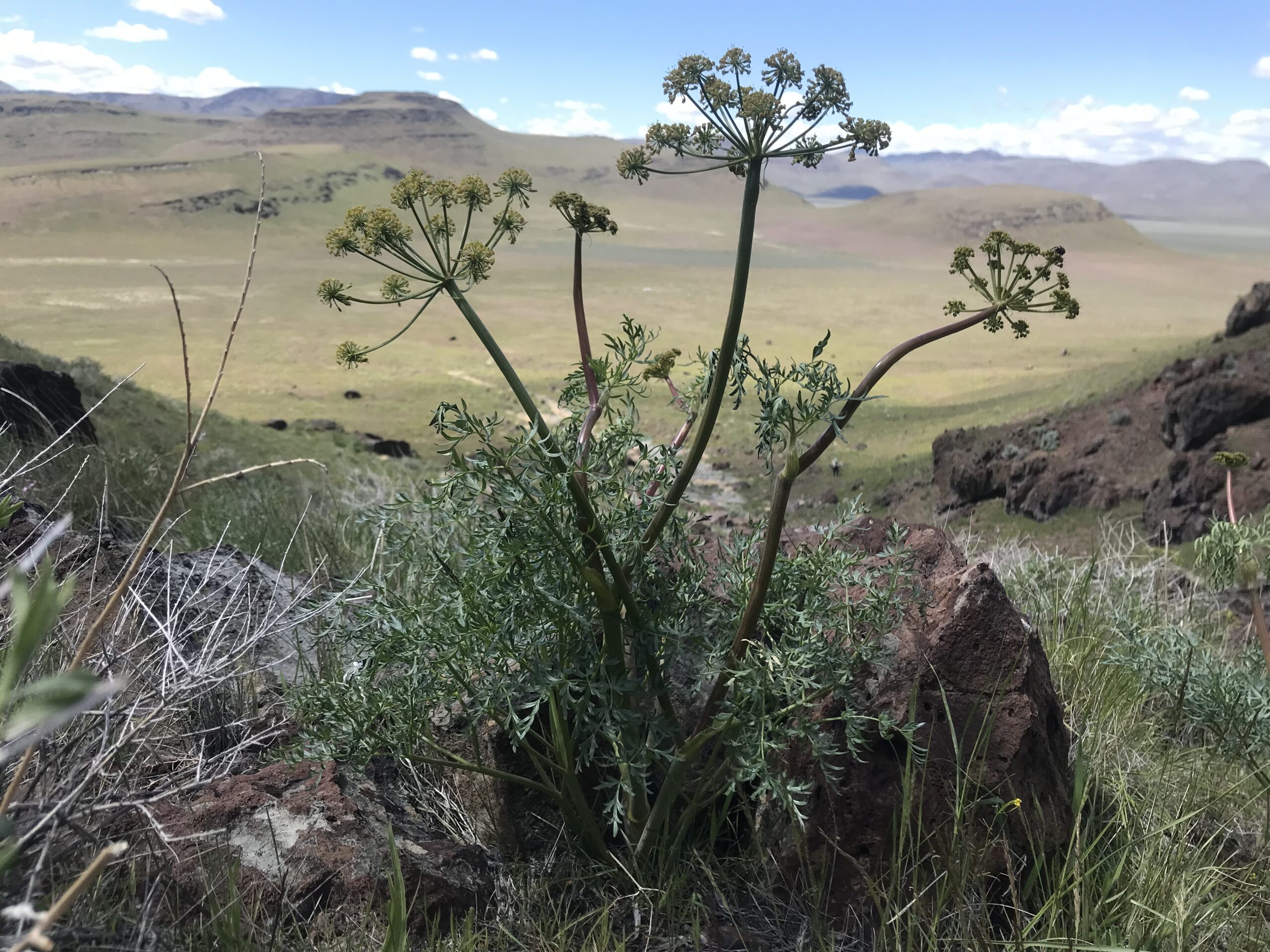
Scouting trips required a lot of planning. Sometimes our mentor Jessica provided us points on a map to visit to look for plants and on other occasions Alaina and I spent hours in the office poring over google earth imagery to find likely habitat for our target species. For LODI, we looked for steep north and west facing slopes. For Globe Mallow we looked for sandy soils and disturbed areas. We also used herbarium specimen records to find places where plants were likely present. We then planned trips into the field to visit as many locations as possible.
Alaina and I learned a lot during our scouting trips. On our first trip scouting without our mentor Jessica, we chose to visit a creek in a steep walled canyon in the Owyhee Front. We mapped a possible route to the location on small dirt roads. However, we had no idea what these roads would look like once we arrived. After an hour and a half drive out from Boise, we turned onto a small two track road snaking away through the sage brush. We were feeling confident at first, but as we rattled our way down a long and very rough road, we started to wonder if we could make it all the way to the site. We remained hopeful and made slow but steady progress toward the canyon until we rounded a corner and came face to face with a rusty barbwire fence across the road and a private property sign. We turned around and made our way back to the main road, a bit discouraged. After consulting our map, we found another road leading to our field site and found our way there behind schedule.
Upon our arrival, we were delighted to find that what had looked on our map like a small canyon was in fact a spectacular and deep rocky canyon with spires and sheets of rock stacked like pancakes. We had to take a moment to sit and take in the view. Soon, we refocused on our scouting efforts. We searched the sides of the canyon for LODI, looking for its distinctive yellow umbel flowers and bright green hue. Unfortunately, there was none to be seen.
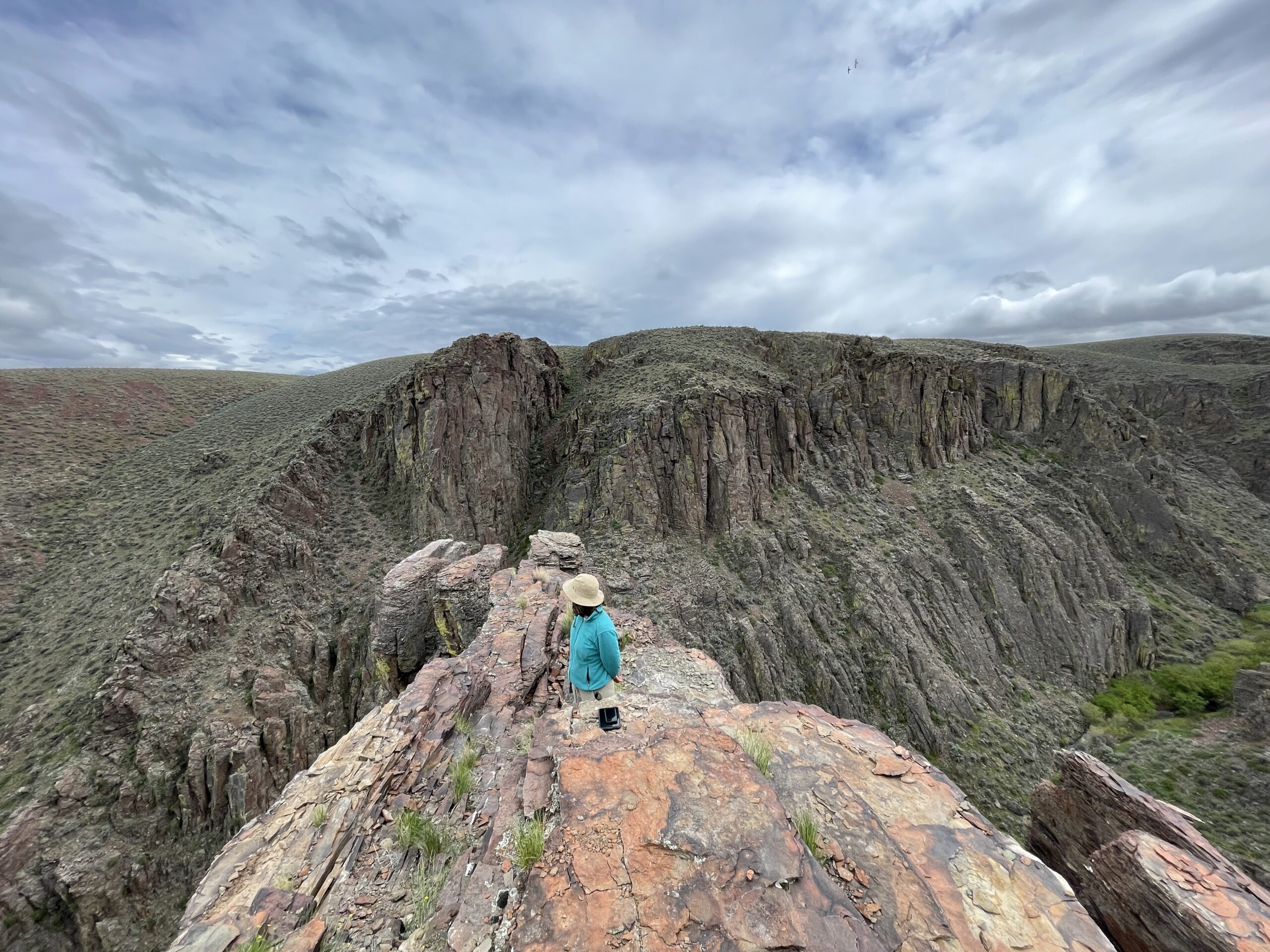
At first glance, our first day scouting seems like a failure. We didn’t choose the best road, and we didn’t find any LODI at our scouting site. However, we quickly learned that these challenges are part of the process. After this trip we learned to more carefully plan our route when traveling on small two track roads. We also learned that scouting is unpredictable, and you need to be flexible with your plans. On many occasions a promising site ends up not having the plants you are looking for, but this is ok since every unsuccessful site helps you better understand where to look next.
Other scouting trips have taken us to Hell’s Canyon, Steens Mountain, western Wyoming, Jackpot Nevada, and beyond. We have mapped many populations of plants and collected lots of herbarium specimens. We have camped and hiked all over the Great Basin while looking for plants. We have grown very familiar with Globe Mallow and have found plants in all kinds of places, from disturbed sagebrush to a beautiful rocky hilltop to a hillside overlooking a bright blue lake.
A few sites where we mapped Globe Mallow populations
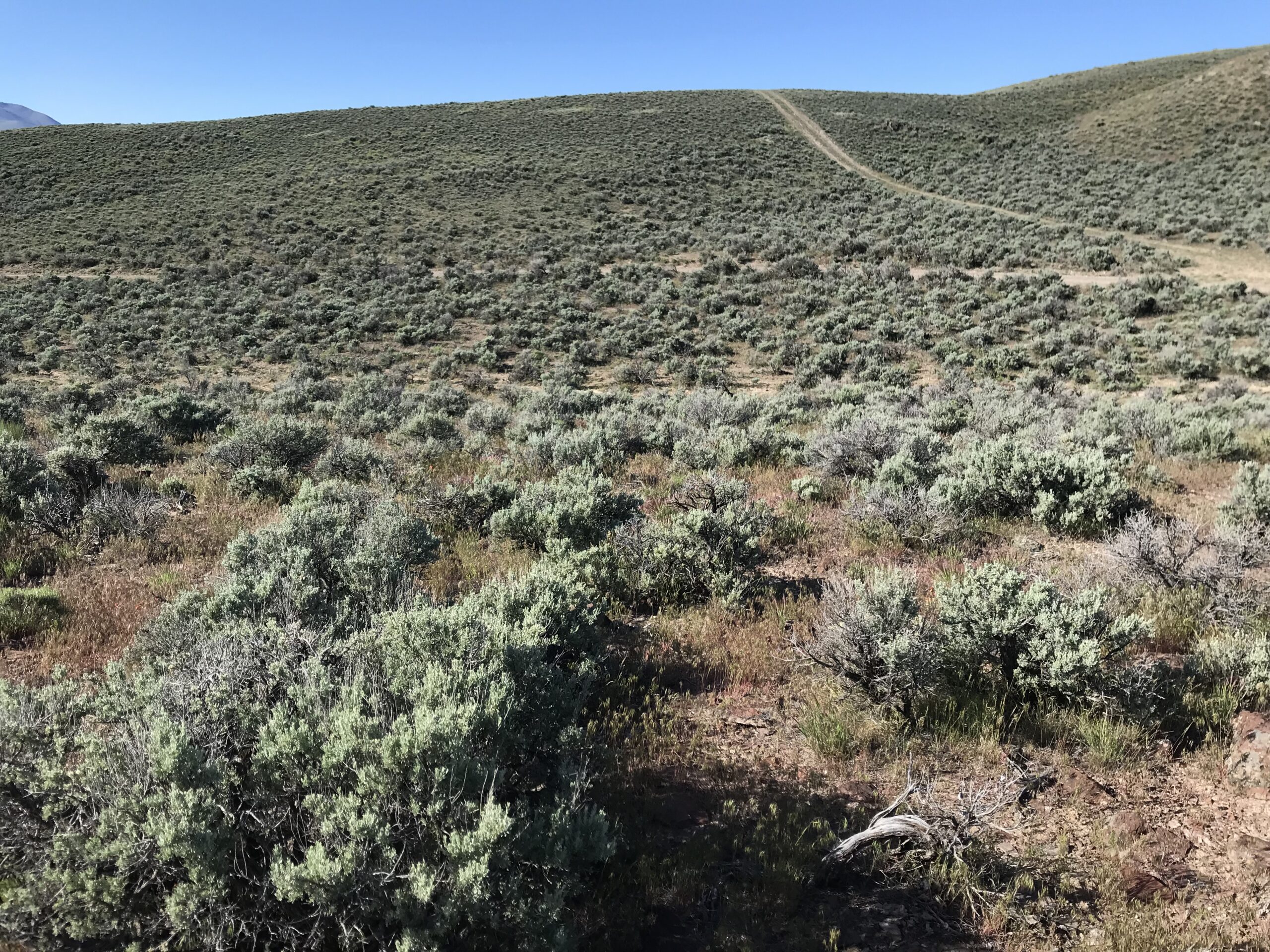
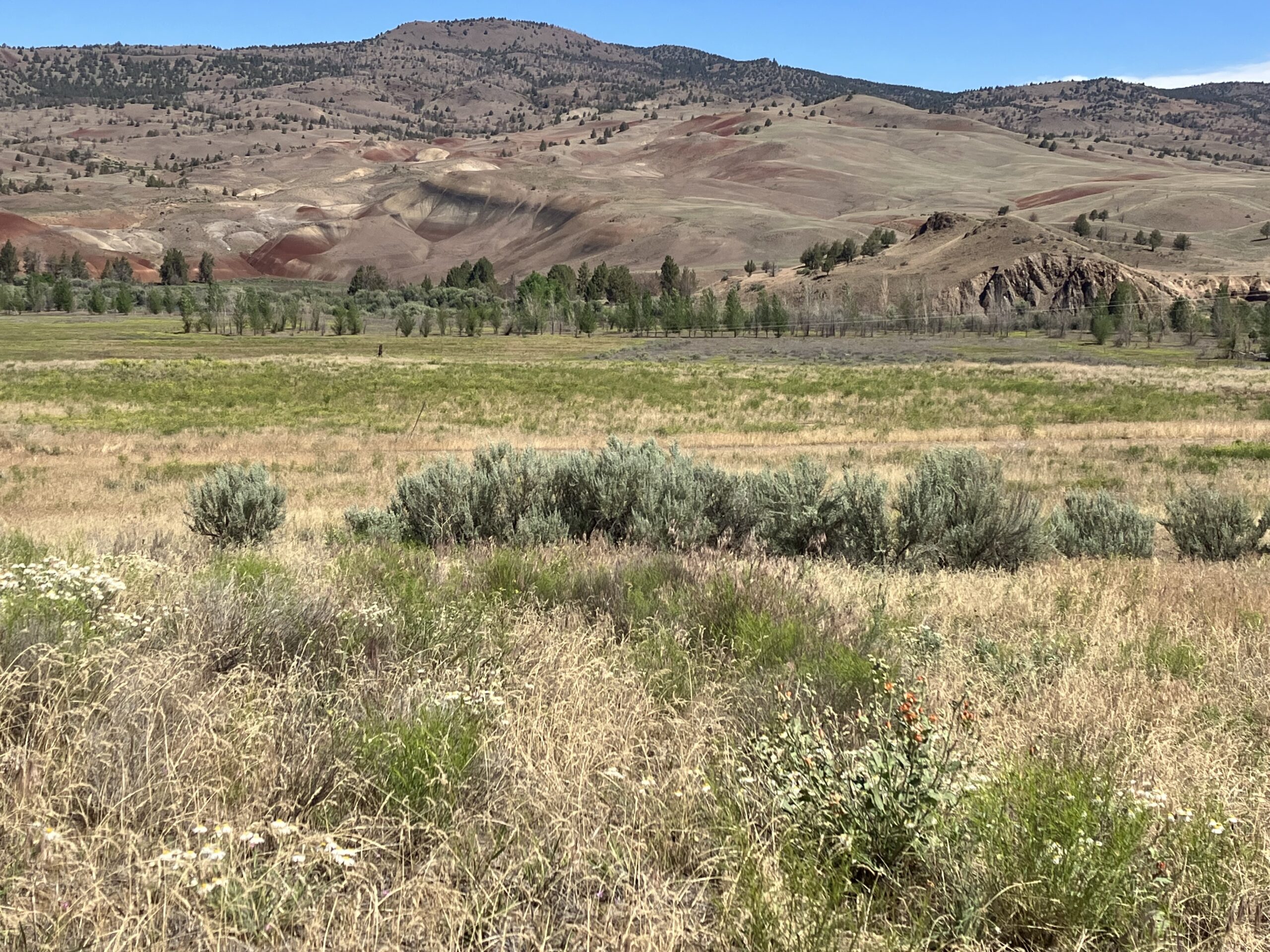
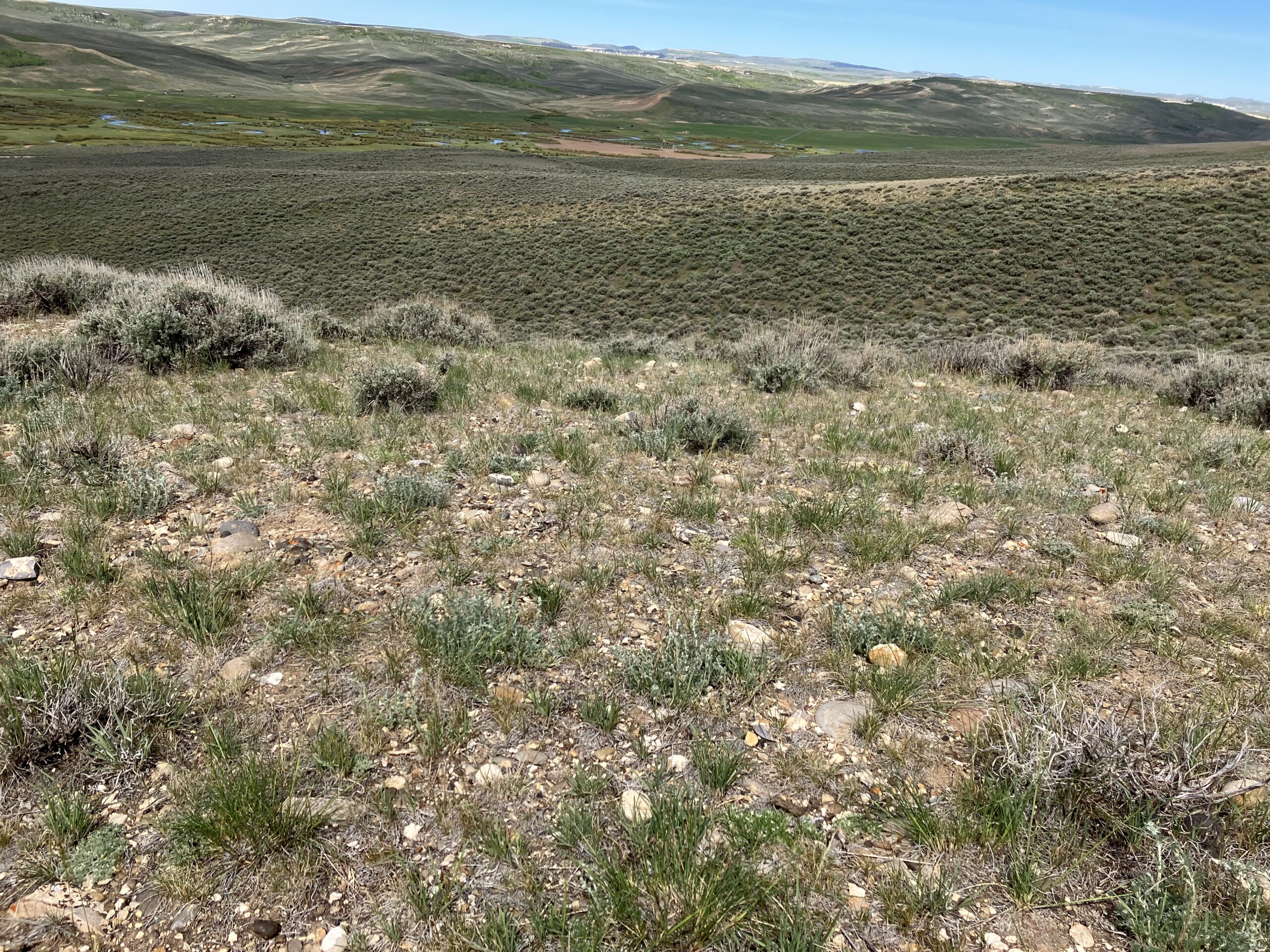
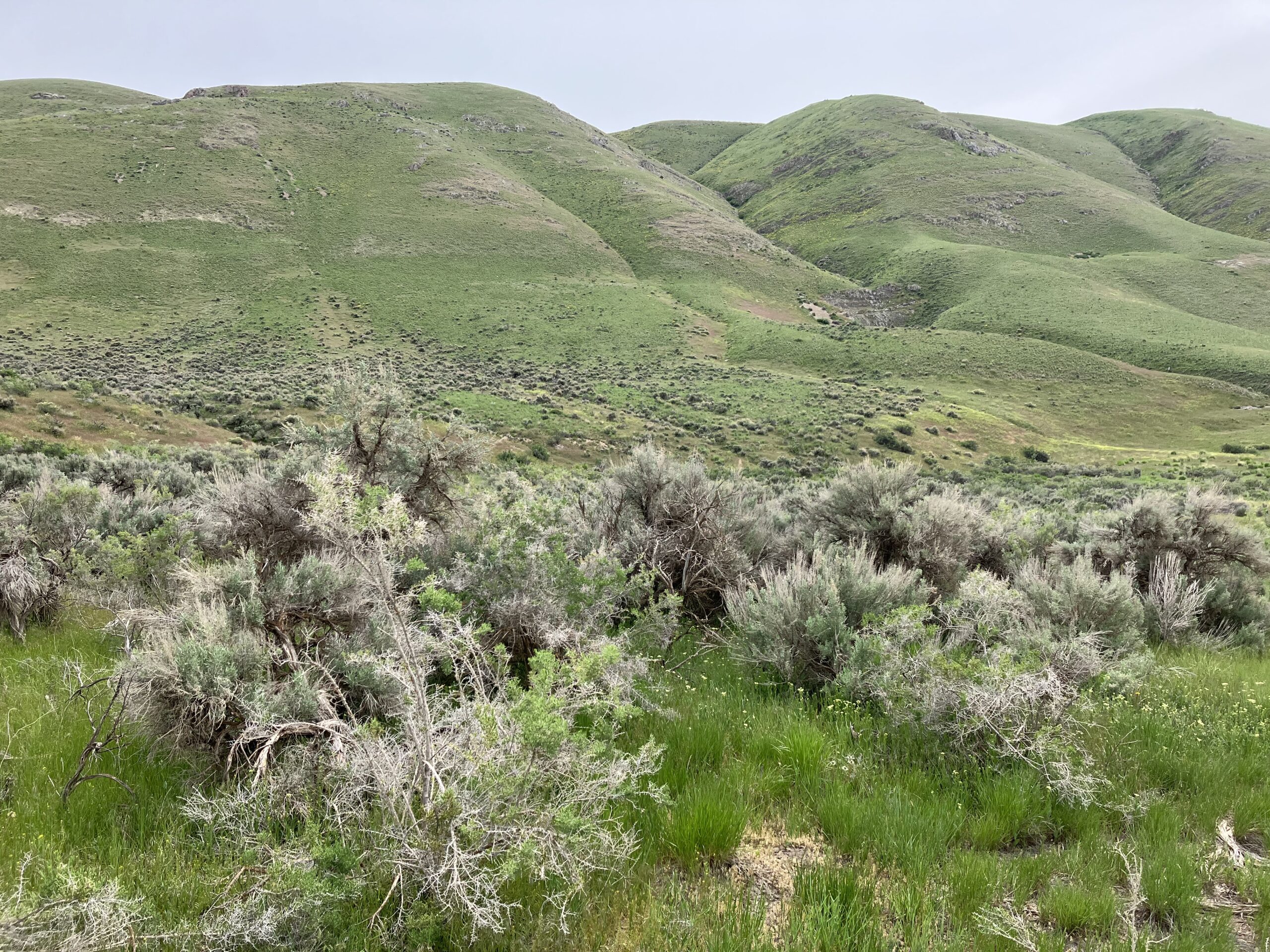
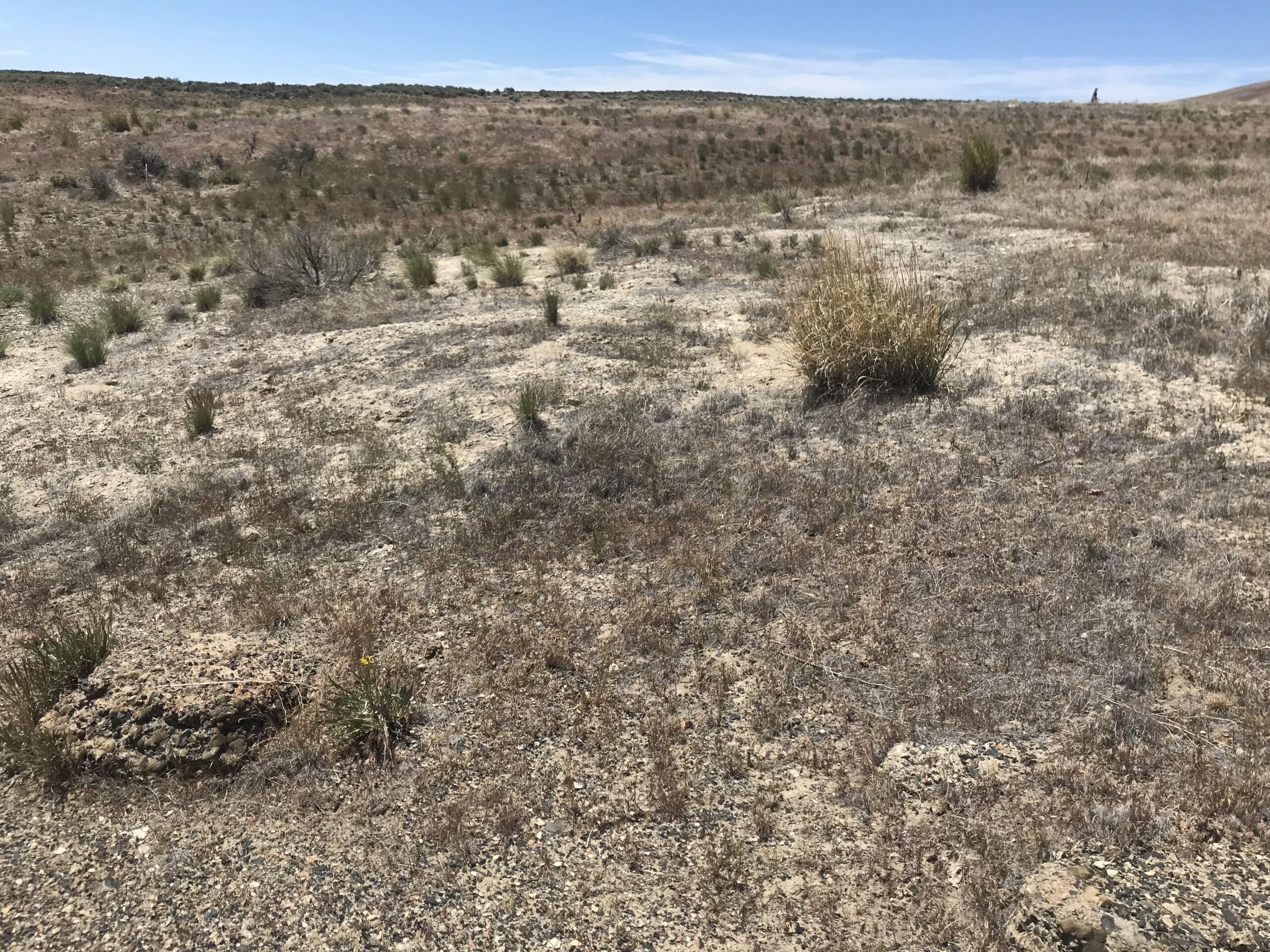
In the last month, Globe Mallow seeds have started to mature, and we have been returning to sites we scouted earlier in the season to collect seed. We collect 25% of the seed in a plant population at each site. It has been interesting to return to the sites we mapped and see the plants at a new stage. These seeds will be used in a new common garden for research that will support restoration of landscapes across the Great Basin.
